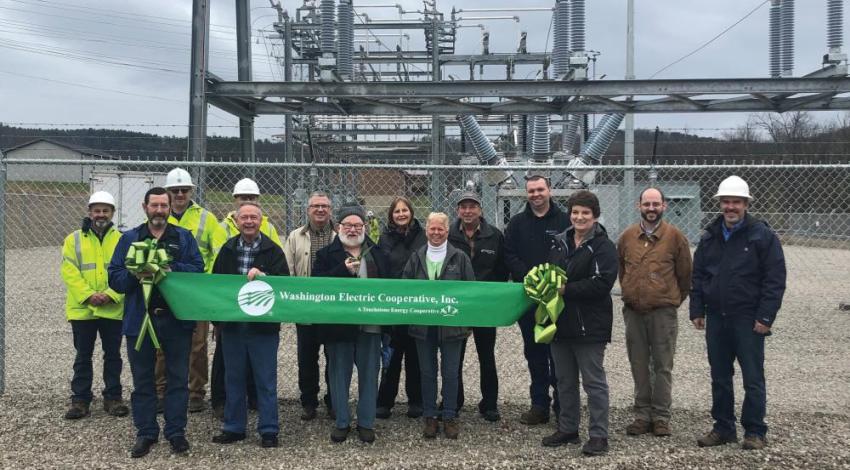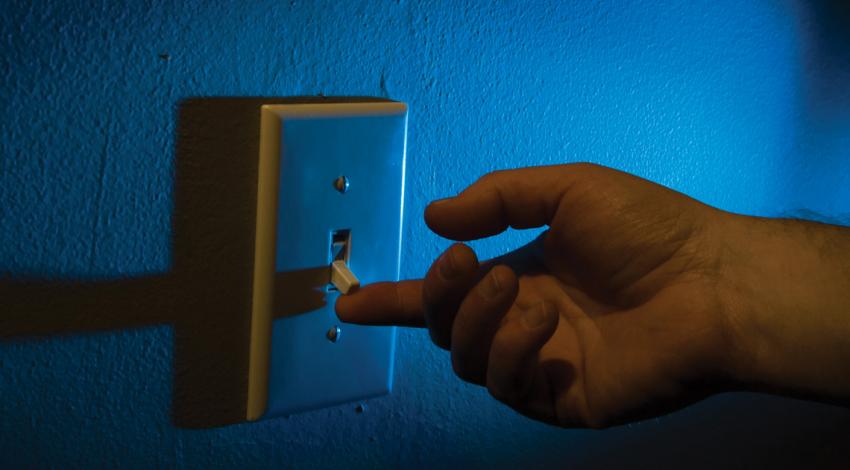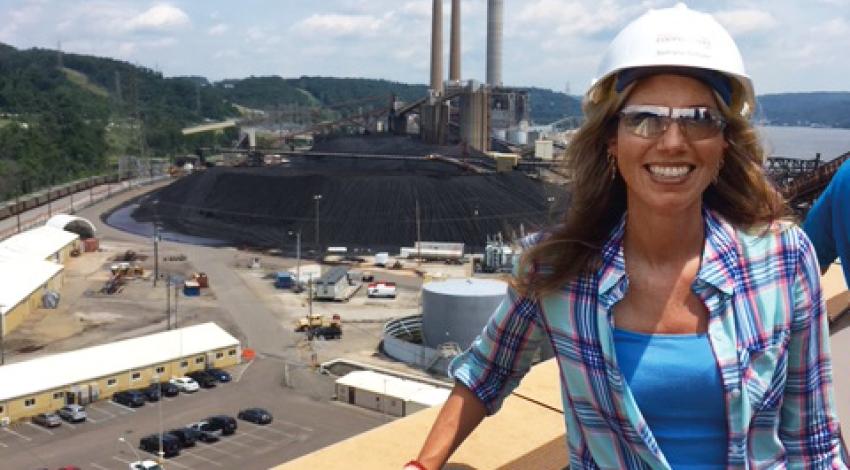There’s an important debate going on currently about the best way to generate electricity to power America’s homes and businesses, framed something like this: Low- or zero-carbon-emission sources that are both generally expensive and only intermittently available on the one
“While coal and natural gas provide the bulk of our electricity supply in a reliable and cost-competitive manner, we continue to seek opportunities to develop renewable energy projects that make sense for our members,” says Pat O’Loughlin, president and CEO of Ohio’s Electric Cooperatives, the trade association that provides services to the 24 electric distribution cooperatives in the state. “Our hydropower, bio-gas, and solar resources are an important part of the mix. We’re always looking to grow and expand our supply resources in economical, practical, and beneficial ways.”

















